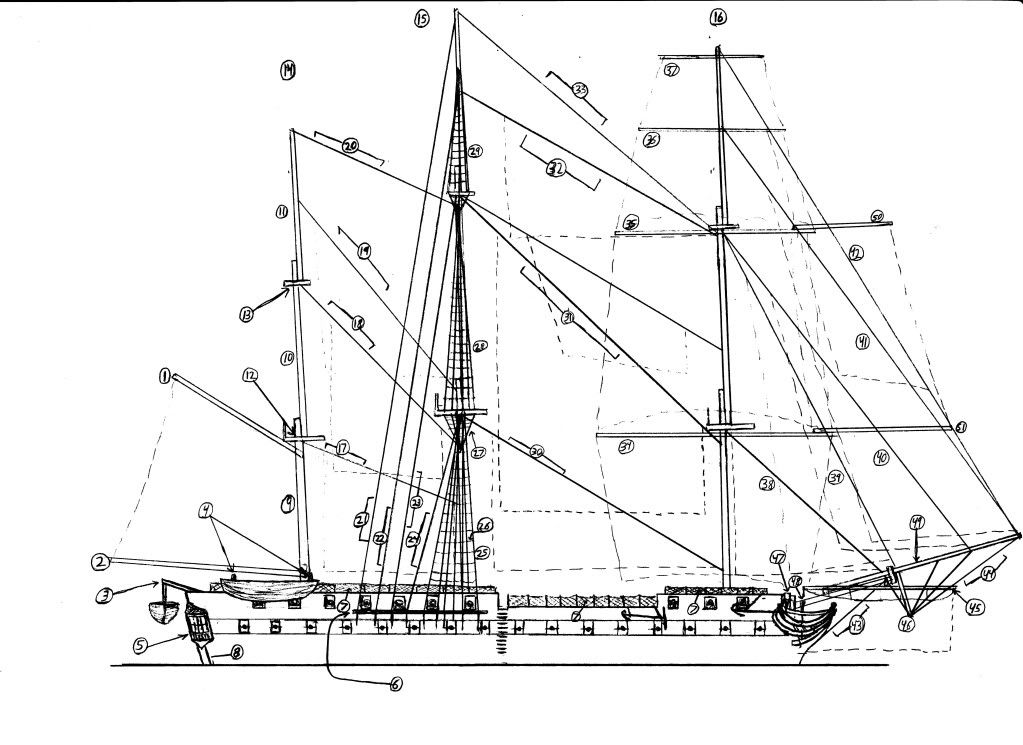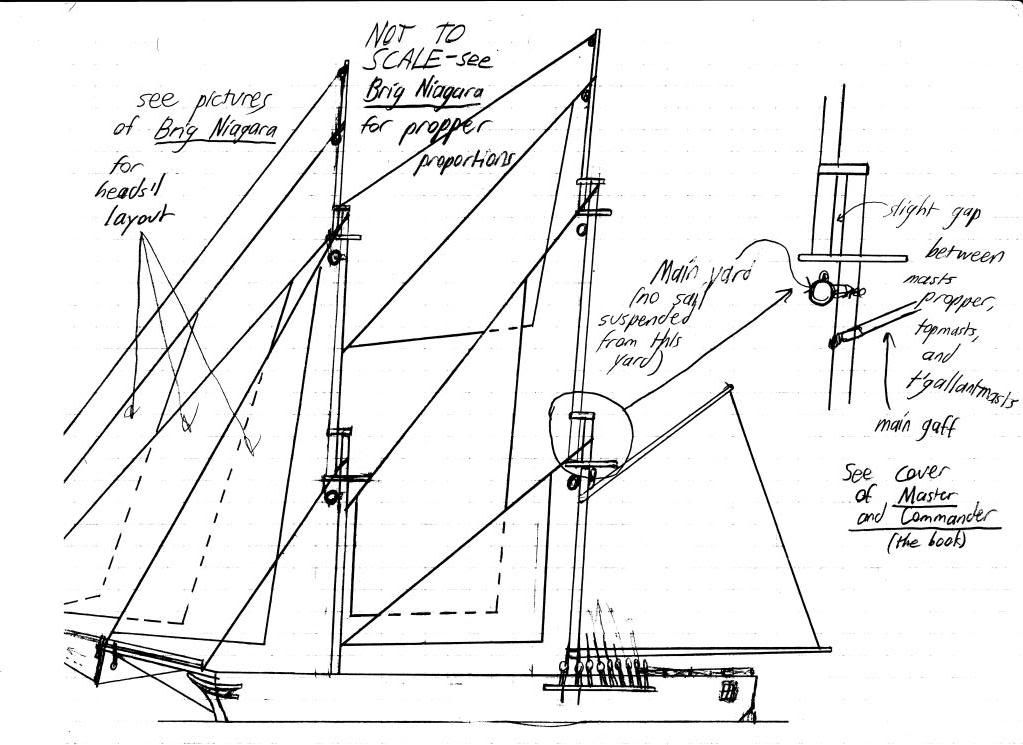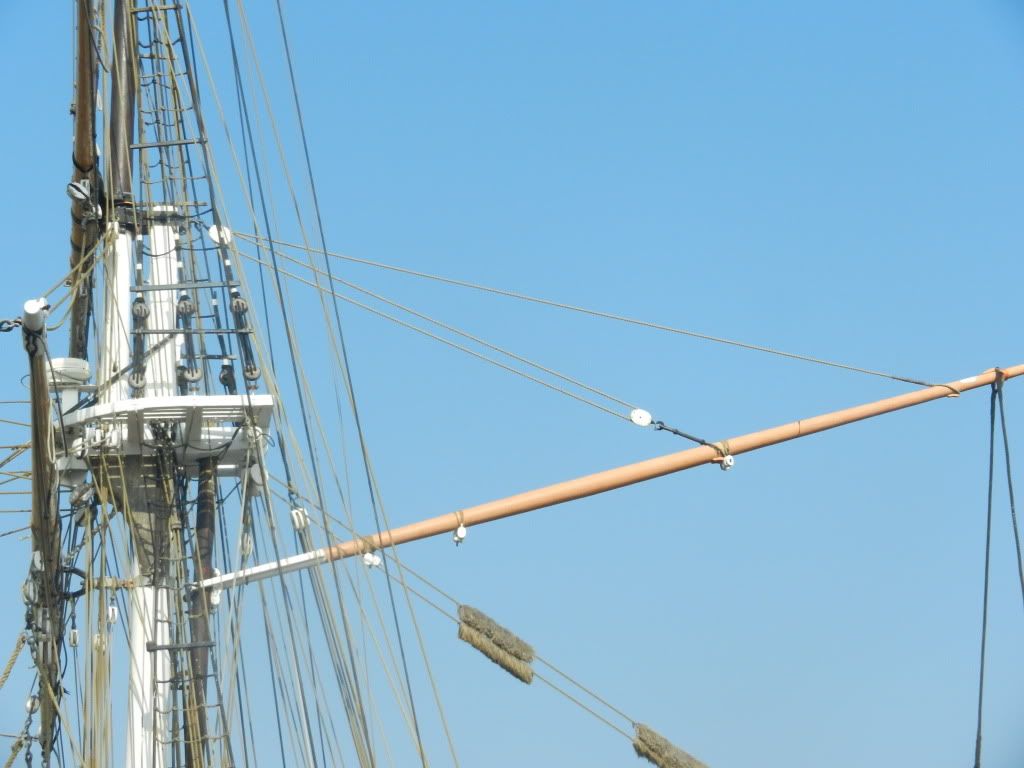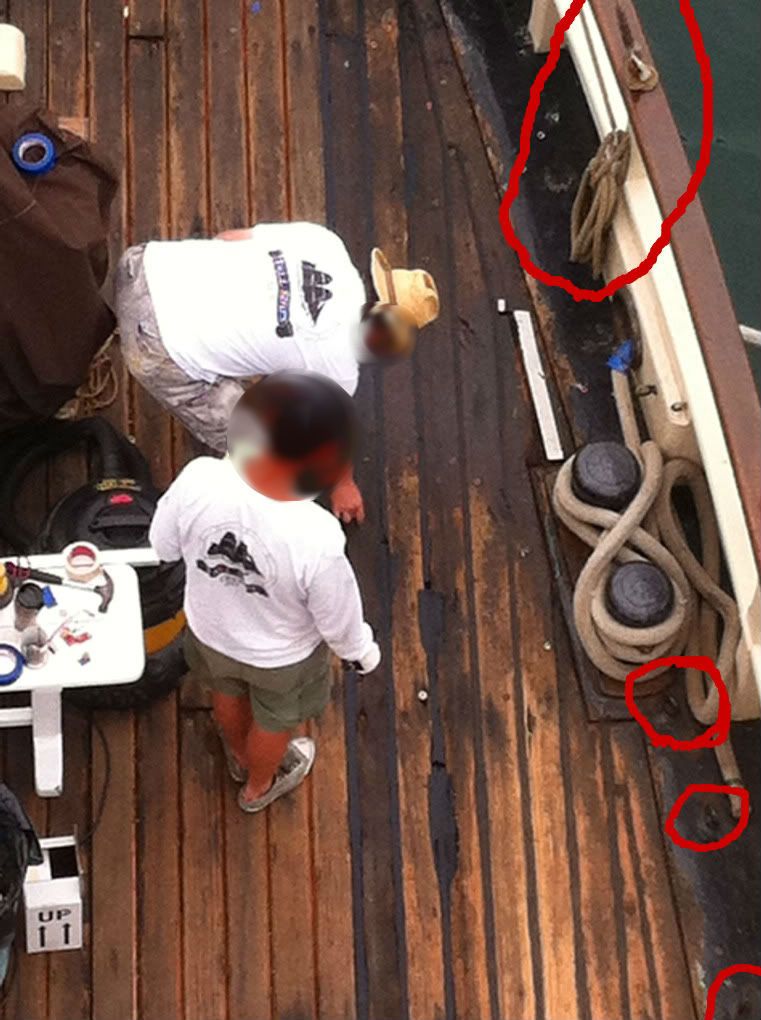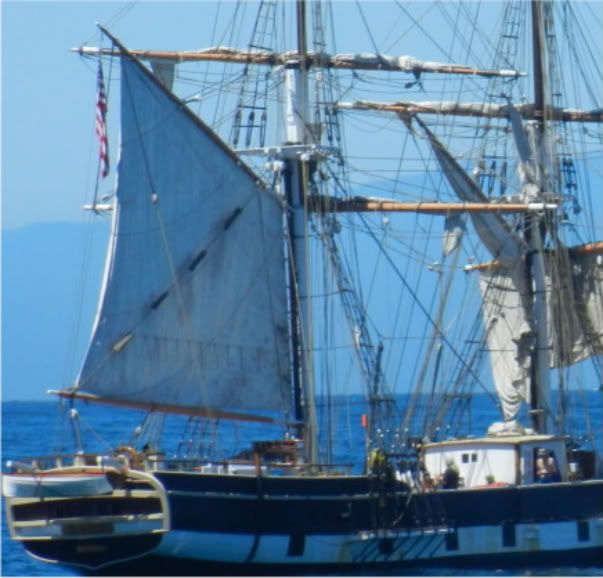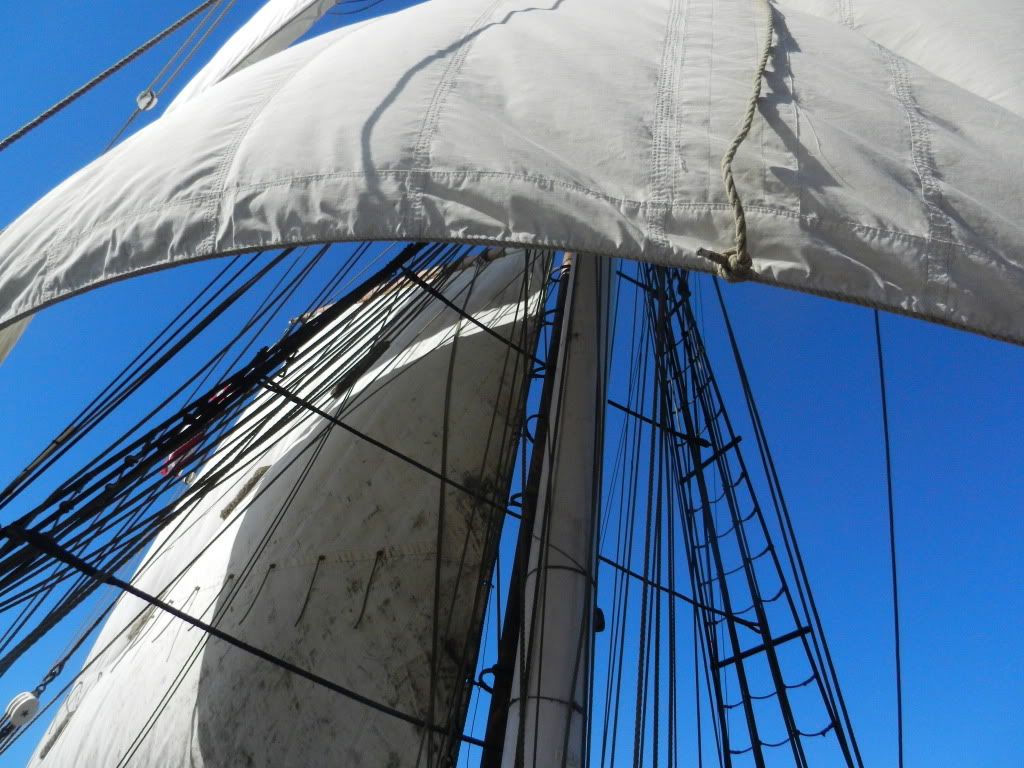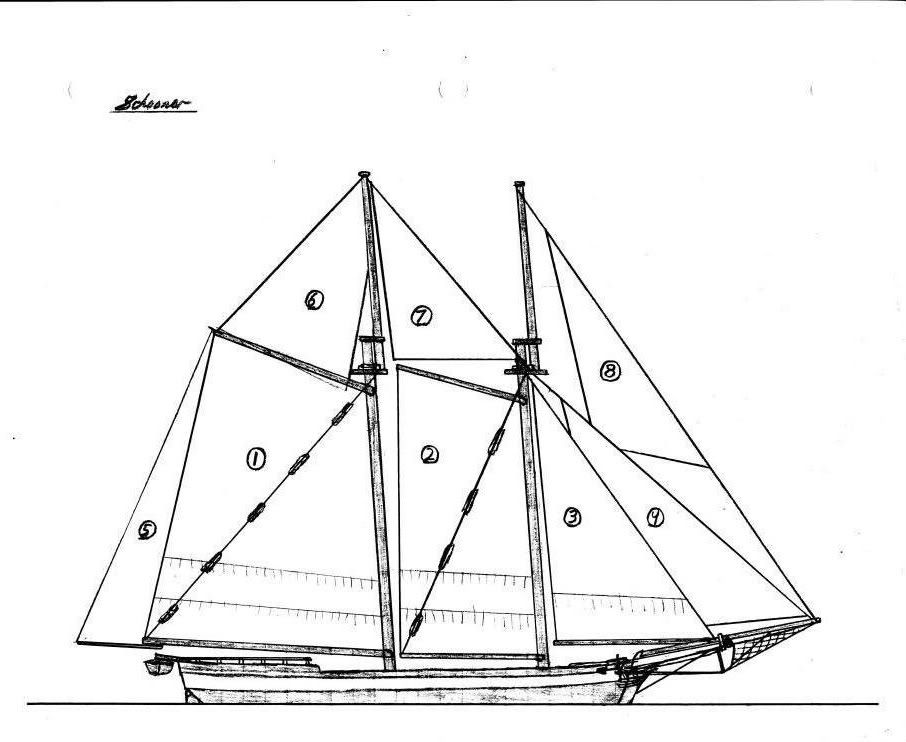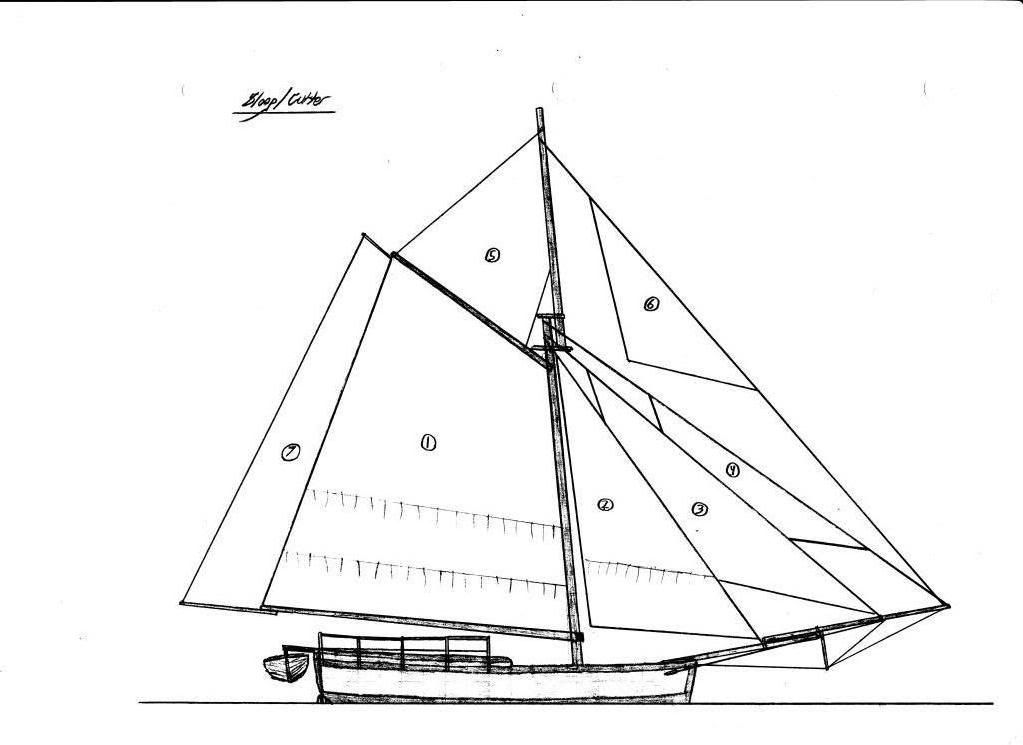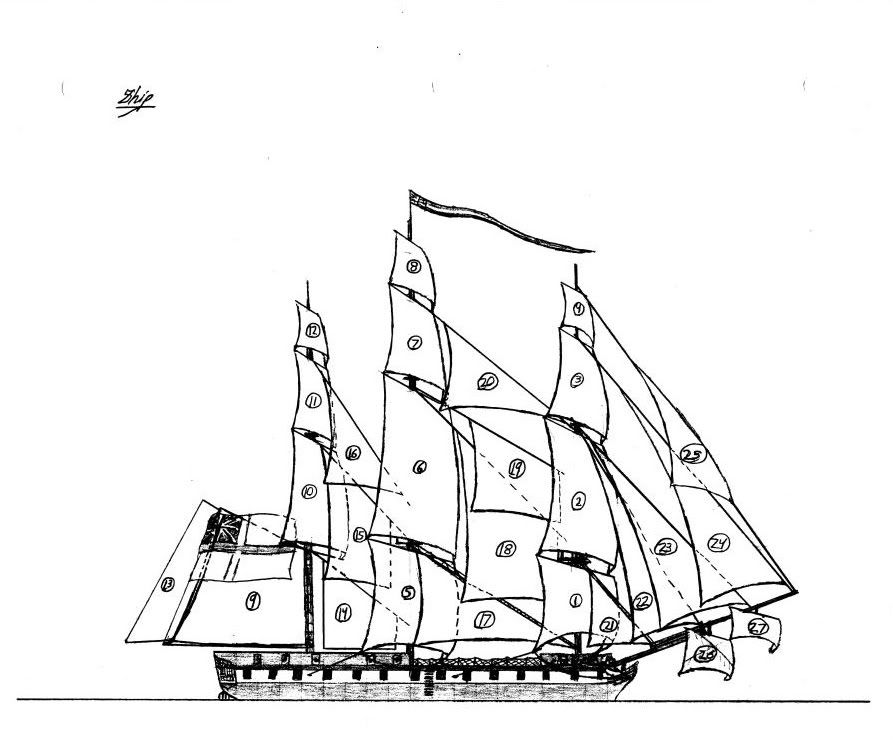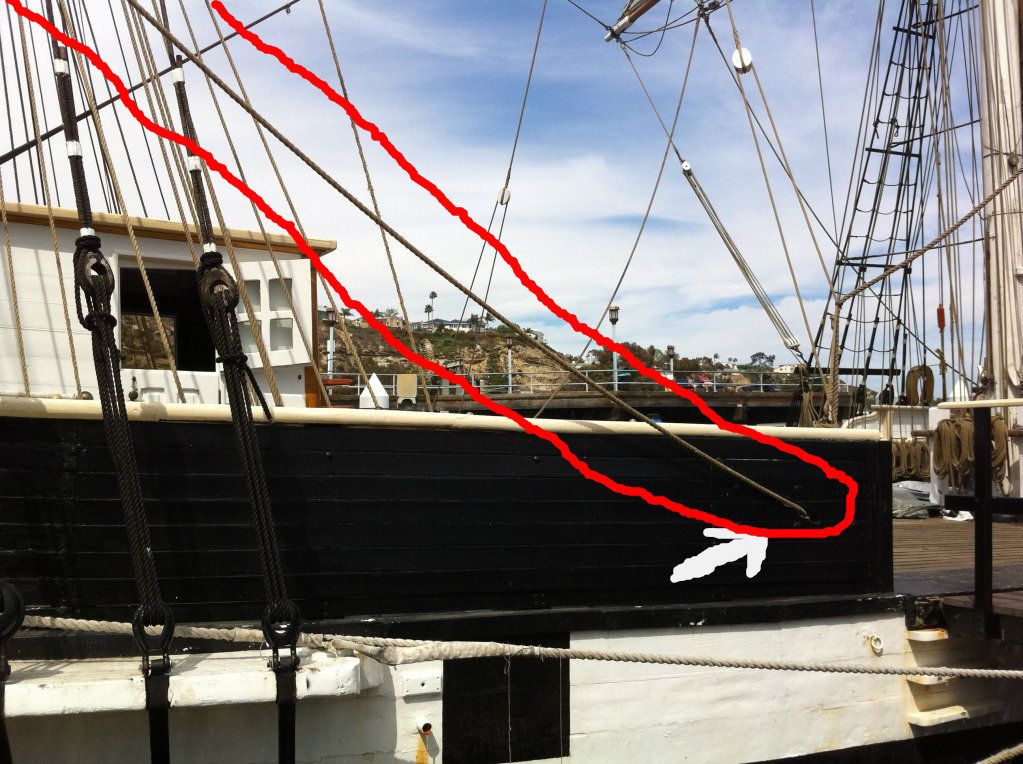I would like to thank the Mighty Powers that Be for stickying this thread.
The Purpose of this thread will be to help the modelers with a ship's anatomy, most notably in the rigging. This will allow the modelers and anyone willing to give advice express their ideas more clearly, and in proper seamanlike terms.
(I have run into the problem of people not knowing what I'm talking about when I'm attempting to explain some of the more confusing aspects of rigging.)
Over the course of several days, I will post any material I have (such as diagrams I have drawn) to assist forum members in understanding rigging, seamanship, and ship's anatomy.
My qualifications: I am a topman aboard the Brig Pilgrim, and I have served as a yard captain (controlling furling and setting of sails) on every yard on the mainmast multiple times. I have shot several videos from aloft at sea, one of which is uploaded to Youtube.
Right now I have diagrams I made of sails, masts, and other rigging that I will attempt to scan and post. I already have corresponding descriptions for two of the diagrams, so expect more soon.
Contents:
Post #2: Important rigging
Post #3: Trapezoidal sails
Post #4: Sail Plans (I can take requests for any European vessel. The plans will take about a day to produce then scan during the week, weekend waiting times may be as little as an hour. I have a snow brig ready, which only needs to be scanned.)
...............1: Schooner
...............2. Sloop/Cutter
...............3. Ketch
...............4. Full Rigged Ship
Post #5: Lines on the Different Pieces of Rigging (under construction)
Posts #13 and 14: Sail Behavior in light, medium, and heavy breezes (videos I shot during last year's sail on Pilgrim)
Post #20: Fores'l-Specific Rigging (including boomkins, or the "antenna things")
Post #26: Lifting and Depressing Sails
The Purpose of this thread will be to help the modelers with a ship's anatomy, most notably in the rigging. This will allow the modelers and anyone willing to give advice express their ideas more clearly, and in proper seamanlike terms.
(I have run into the problem of people not knowing what I'm talking about when I'm attempting to explain some of the more confusing aspects of rigging.)
Over the course of several days, I will post any material I have (such as diagrams I have drawn) to assist forum members in understanding rigging, seamanship, and ship's anatomy.
My qualifications: I am a topman aboard the Brig Pilgrim, and I have served as a yard captain (controlling furling and setting of sails) on every yard on the mainmast multiple times. I have shot several videos from aloft at sea, one of which is uploaded to Youtube.
Right now I have diagrams I made of sails, masts, and other rigging that I will attempt to scan and post. I already have corresponding descriptions for two of the diagrams, so expect more soon.
Contents:
Post #2: Important rigging
Post #3: Trapezoidal sails
Post #4: Sail Plans (I can take requests for any European vessel. The plans will take about a day to produce then scan during the week, weekend waiting times may be as little as an hour. I have a snow brig ready, which only needs to be scanned.)
...............1: Schooner
...............2. Sloop/Cutter
...............3. Ketch
...............4. Full Rigged Ship
Post #5: Lines on the Different Pieces of Rigging (under construction)
Posts #13 and 14: Sail Behavior in light, medium, and heavy breezes (videos I shot during last year's sail on Pilgrim)
Post #20: Fores'l-Specific Rigging (including boomkins, or the "antenna things")
Post #26: Lifting and Depressing Sails














